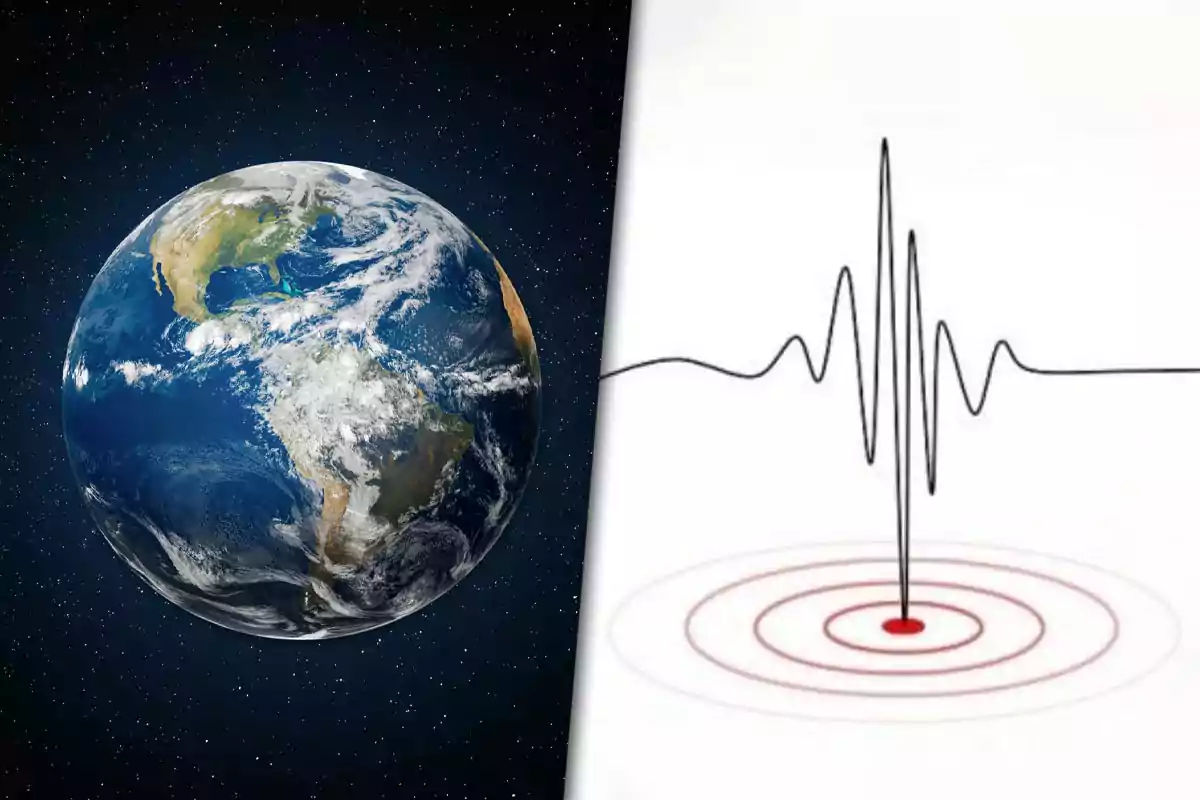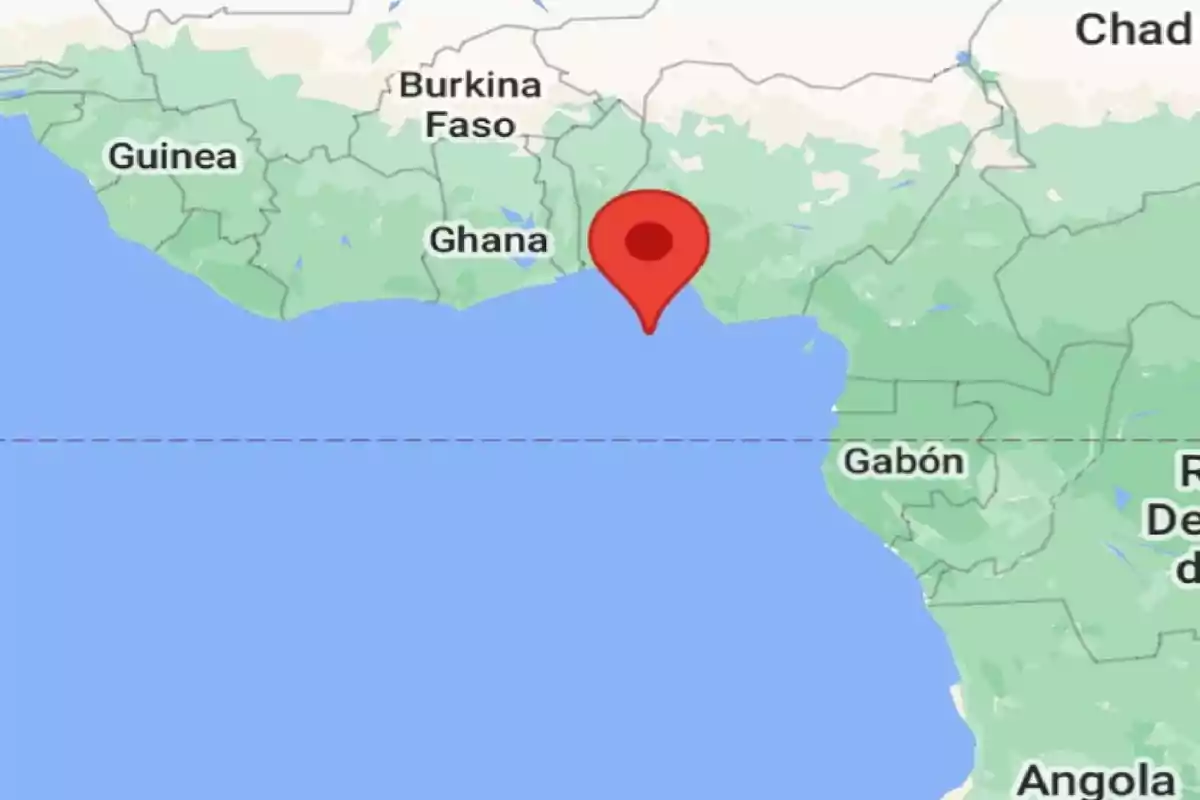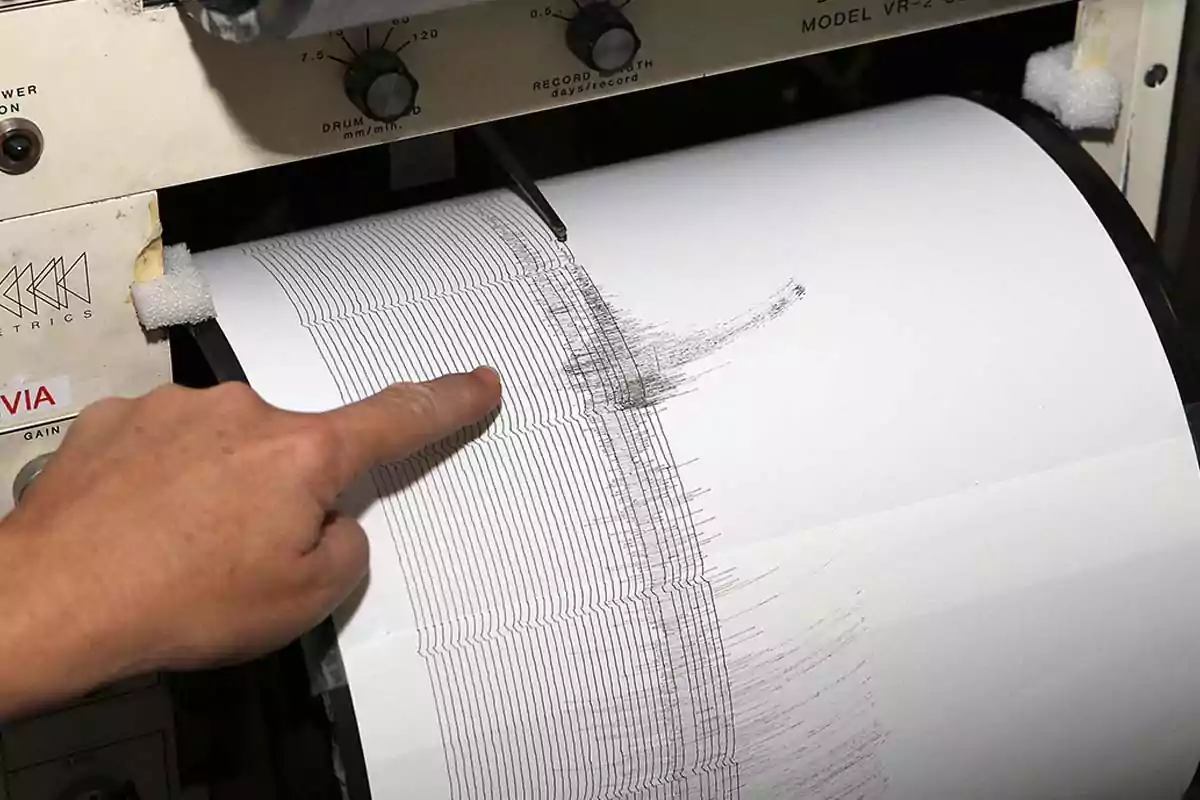
Earth beats: a seismic pulse every 26 seconds baffles science
Every 26 seconds, Earth vibrates with a seismic pulse that remains unexplained
Every 26 seconds, Earth emits a seismic pulse that travels across continents and oceans with almost perfect precision. This phenomenon has been detected for more than 60 years and still lacks a definitive explanation.
The focus is located in the Gulf of Guinea, off the west coast of Africa. Recent research and records show that the waves propagate globally, affecting scientific measurements and sparking an intense geophysical debate.

The discovery in the 1960s
Jack Oliver, a geologist at the Lamont-Doherty Geological Observatory, detected the signal while reviewing records from different seismic stations. He published his findings in 1962, describing a "regular seismic beep" that lasted several days and spread across the entire planet.
Oliver proposed two hypotheses: long waves hitting the African continental shelf or magmatic processes beneath the Atlantic. Both theories suggested that the interaction between ocean and geology was key to understanding the phenomenon.
Gulf of Guinea under scrutiny
Seismic records from Africa, Europe, and America indicate a precise area near Bonny Bay and the island of São Tomé. Testimonies from sailors support the existence of unusually strong waves capable of triggering this microseism.

However, the proximity to São Tomé opened another line of investigation: magmatic or hydrothermal activity beneath the island, although there are no active volcanoes or surface signs supporting this theory.
New clues and old doubts
In the 21st century, global seismic networks made it possible to analyze the phenomenon in greater detail. Recent studies detected two sources: one volcanic near São Tomé and another—the 26-second pulse—that can't be explained by tectonic movements or waves.

The repetitive behavior and precision of the signal challenge current geophysics models. Neither ocean storms nor known volcanic activity can explain its regularity and persistence.
The enigma remains
Recent research in Nature Communications Earth & Environment detected glides or frequency variations associated with the microseism. This suggests an unknown physical process capable of generating both constant and harmonic signals.
The constant pulse of the Gulf of Guinea remains a mystery. Science acknowledges that behind this heartbeat there may be a still unknown key to understanding the deep dynamics of our planet.
More posts: